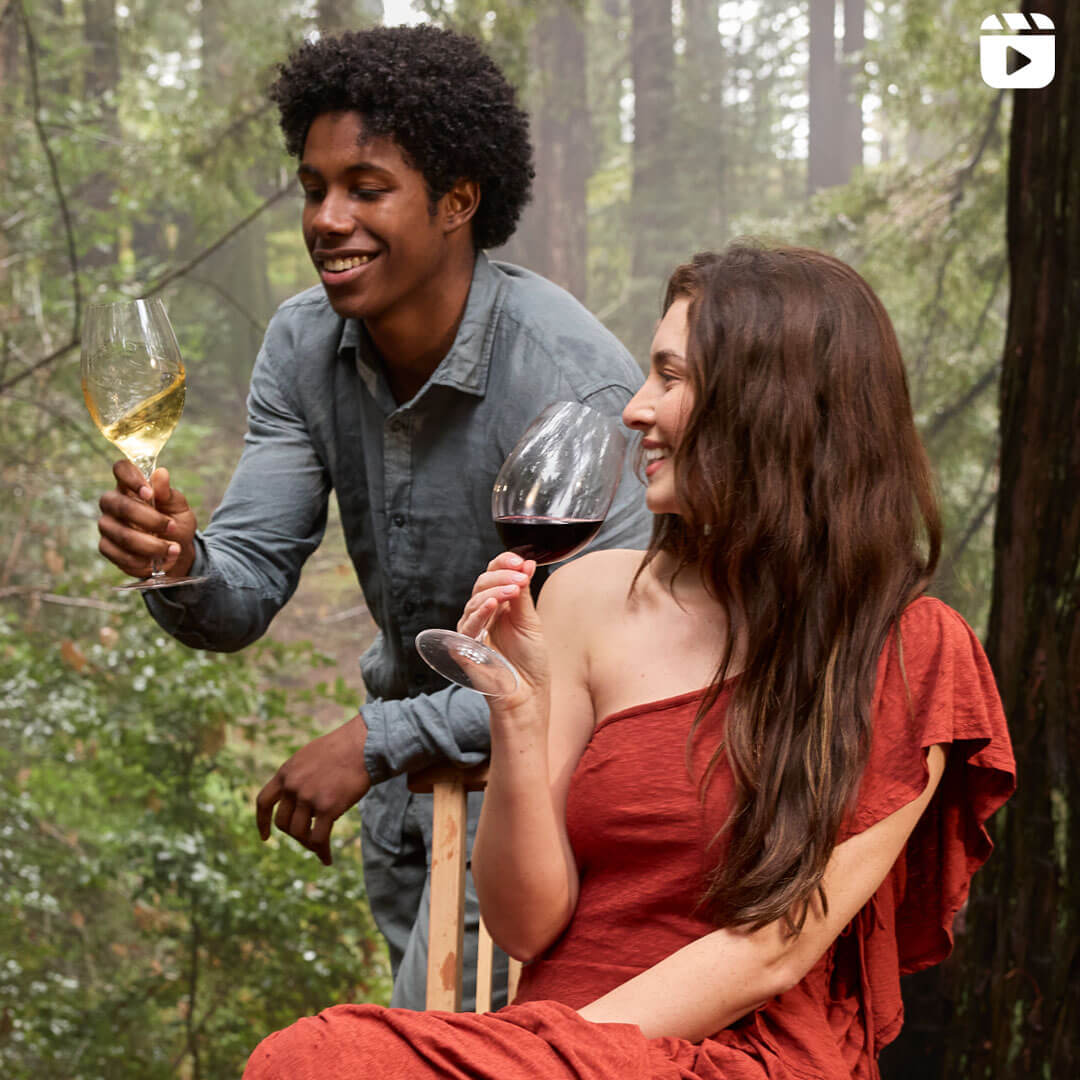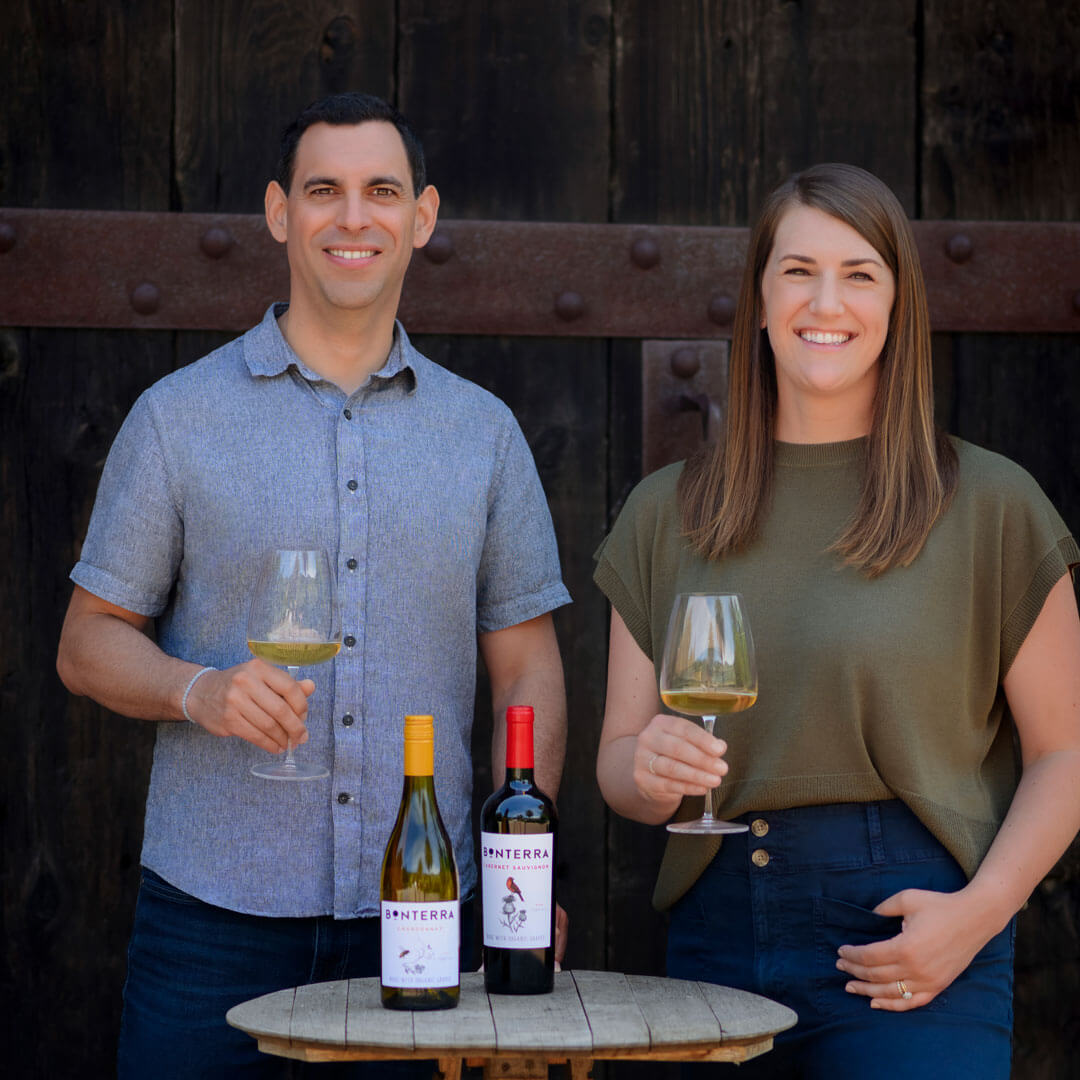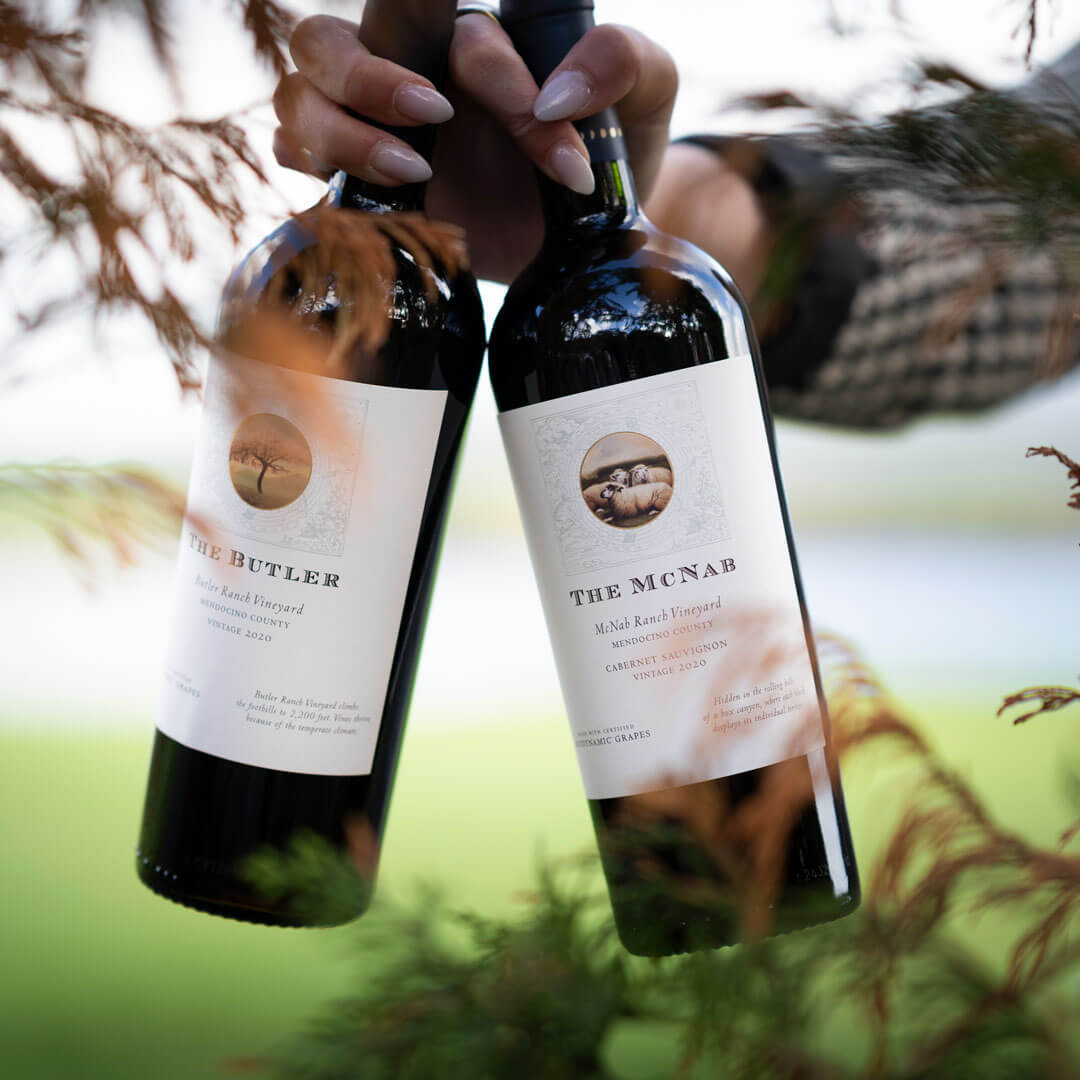Looking to learn more about wine in a fun and comfortable environment? Hosting your own wine tasting party might be the perfect plan. It’s one of our favorite ways to spend time with family, friends and colleagues, and a great way to hone those tasting skills. Any time we invite people over to taste through a selection of wines from our organic winery, we know we’ve got a memorable and interactive evening ahead of us! You can even explore our selection of wine online available for delivery to ensure you have the perfect bottles ready for your gathering.
Step 1: Choose a Wine Tasting Theme
With thousands of wines available today, we’ve found that the best tasting parties always have a clear wine tasting theme to narrow the field. A themed tasting gives guests something to focus on, and often makes takeaways easier to remember. Here are a few of our favorite ways to pick a great wine party theme.
- Regional Focus:
- Wine is primarily a product of its place, so highlighting a particular winegrowing area with your theme is a natural fit. Tasting through several different wines from the same wine region or several different wines by the same brand helps bring their shared characteristics to the forefront. Why not host a wine tasting exploring wines from Mendocino, Willamette Valley, Mendoza, Rioja or Sicily? Or, maybe you want to choose two neighboring regions to compare with one another – like the Rhone Valley and Provence, or Napa Valley and Sonoma.
- Varietal Focus:
- If you’re wanting to learn more about a particular wine grape, we recommend focusing your theme on just that one variety. When we taste different versions of Chardonnay, or Cabernet Sauvignon, or Sauvignon Blanc side by side, we really notice the differences that winemaking decisions and origins make. And if we’re focusing on a red grape like Zinfandel or Pinot Noir, we love including a rosé wine made from the same grape to experience a very different expression.
- Seasonal Wines:
- As the weather shifts into a new season, choose wines that match the vibe: fresh white wines to welcome spring, refreshing rosés for the heat of summer, lighter reds for fall’s crisp evenings, and full-bodied reds to warm up the winter. Seasonal themes are a wonderful way to embrace the cyclical nature of winegrowing and celebrate the beauty of every season.
Step 2: Selecting the Wines
Once we’ve got our theme in mind, it’s time to start picking out the wines for our tasting. Below are three essential pro tips to keep in mind for a successful wine tasting party.
- Number of Wines.
- We recommend choosing between four and six different wines for your tasting party. A tasting with two or three wines doesn’t offer much variety or depth on your theme, but more than six makes a party unmanageable, with too many moving parts. Four to six is really the sweet spot.
- Variety and Balance.
- The best tasting parties offer a range of different wine styles – even when the theme focuses on just one grape or growing area. Aim to include wines with different levels of fruitiness, tannins, and acidity so that comparing them against one another is interesting. (This also helps everyone find a wine that suits their personal preferences!) For regional themes, consider a mix of sparkling, white, rosé and red wines so guests can experience a nice variety of wine style.
- Quality Over Quantity.
- While it’s often tempting to pour lots of wines, we recommend choosing with intention and limiting your lineup to a carefully curated few. A smaller number of high-quality wine choices makes it easier to notice differences (and personal preferences) among the wines, and creates a more meaningful tasting experience. To simplify your wine selection process, consider joining a wine subscription that curates a variety of wines tailored to your preferences.
Step 3: Preparing Tasting Notes and Materials
While not 100% necessary for a fun evening, we’ve found that these little touches can make a wine tasting party especially memorable for your guests.
- Wine Information Cards.
- Make it easy for guests to absorb key information without having to scour wine labels. A simple card listing the grape variety, wine region, and alcohol percentage for each different wine is a helpful way to compare and contrast across your lineup.
- Tasting Sheets.
- A little structure goes a long way in wine tasting. Create tasting sheets that encourage guests to consider and write down their observations on the wines’ aromas, flavors, and textures. Include a space on the tasting sheet for them to rank how much they enjoyed each wine, too.
- Scoring System.
- Encourage guests to use a simple scoring system, like the timeless scale of 1 to 10, to rank how much they liked each wine. Scores help get people talking, and make it easier to remember which wines were your favorites.
- Spittoon.
- Professional wine tastings offer a spittoon where attendees can dispose of wine after they have tasted it, and we think it’s always a nice touch to offer one at home, too. (Any ice bucket or other opaque container works – just label it clearly!) While most attendees will swallow what they sip, they may not want to drink all the wine they have in their glass. Make it easy and graceful for them to consume only what they want.
Step 4: Setting Up the Tasting Environment
Having essential logistics of a wine tasting party in place can really elevate the evening. Here are our best tips for creating an enjoyable wine tasting event.
Glassware and Serving.
Ideally, every one of your guests can have a clean wine glass for each wine in your lineup. If that’s not possible, we recommend that everyone have one proper wine glass that they can rinse between pours.
Serving Temperature.
Temperature has a surprisingly powerful impact on our ability to taste acidity and tannin in wine. We recommend serving white wines chilled at around 45-52°F, and red wines at around 55-65°F. Depending on how warm room temperature is at your house, you might need to chill the reds a bit to serve them at their best.
Neutral Palate Cleansers.
We’ve found that providing palate cleansers at a tasting party helps guests refresh their taste buds between each new wine – and also stay grounded while sampling multiple wines. We recommend providing plenty of water, sliced bread, water crackers, or even mild cheese to enjoy in between tasting pours.
Step 5: Food Pairing Ideas
Of course, you probably want to offer your guests more than crackers. In our expert opinion, wine tasting parties with significant snack options are always more fun than cracker-only affairs!
Your food pairing doesn’t have to be fancy or elaborate. Simple platters of charcuterie, cheese, nuts and fruit are always crowd-pleasers, particularly ones that partner well with your wine selection. If you’re focusing on big bold red wines, for example, you probably want to provide bold, rich cheeses (think Cheddar, Manchego, Mimolette, etc.) and fruits like plums, cherries or berries. When you have several different styles of wines, we recommend offering a variety of different fruit, charcuterie, and styles of cheese so there is something to enjoy with every wine.
For tasting parties with regional themes, we like to offer foods or dishes from the same region to make the theme more meaningful. For example, serving Spanish tapas with Spanish wines, or seeking out Northern California cheeses and charcuterie to pair with wines from Mendocino, Sonoma or Napa Valley.
Step 6: Make It Fun and Educational
We’ve covered the basics of hosting a wine tasting party, but we’ve got a few more ideas to make your next gathering even better! Consider incorporating these elements at your next wine tasting event.
- Blind Tasting.
- Neutralize any associations you might have with a particular wine, producer, or region by tasting your wines blind (without the label showing). We’re always amazed at what we notice when we focus just on our senses. Blind tasting also offers the challenge of trying to identify each wine’s varietal, region, approximate vintage or producer.
- Wine Trivia.
- Wine trivia games can be a great way to share knowledge, spark conversations, or even add some friendly competition to the wine party. Whether you team up, play solo, or just invite guests to read the trivia cards out loud, your party is elevating the level of wine knowledge in the room.
- Encourage Discussion.
- Wine is a social beverage, meant to be shared and savored together. We recommend cultivating a casual, conversational atmosphere where guests feel comfortable sharing their opinions and learning from each other. It might mean turning down the music and providing some conversation prompts, but the result is worth it.
Common Mistakes to Avoid
We’ve all been there, and we’d like to help you avoid repeating our mistakes! Here are four things to avoid at your wine tasting parties.
- Overloading on Wines.
- We mentioned this already, but it bears repeating: Don’t pour too many wines. People have a hard time maintaining focus and excitement when there are more than six wines to taste – so aim to serve only four to six.
- Not Preparing for Spills.
- It seems obvious, but we’ve often forgotten to stock napkins or towels nearby to clean up after drips, splashes and accidents. You will also want to keep some wine stain remover handy.
- Serving Wines in the Wrong Order.
- The conventional wisdom on tasting lighter wines before heavier wines is solid – aim to taste sparkling wines and whites before reds, and full-bodied reds last. We recommend trying your wines before your guests arrive so that you can guide your guests on the best tasting order for your lineup.
- Not Serving Water or Snacks.
- We know you all know this, but it’s surprisingly easy to forget about providing water along with the wine. Make it easy for guests to stay hydrated, and to avoid tasting wine on an empty stomach.
Cheers to Your Next Wine Tasting Party!
Are you ready to start planning your next wine tasting party? From selecting a theme and choosing wines (and snacks!), to preparing tasting notes and setting the scene for your gathering, wine tasting parties offer so many opportunities for fun, creative learning. Check out Bonterra’s bundled wine sets for a ready-to-go premium wine variety bundle, Chardonnay bundle, Cabernet Sauvignon gift set, or our red wine gift set. Or, work your favorite organically farmed Bonterra wine into your own tasting party theme. We hope you’ll share your successful wine tasting party experiences and tips with the Bonterra community on social media, and maybe a photo or ten!




